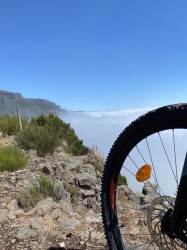BibTex format
@inproceedings{Jain:2022:10.1115/GT2022-80431,
author = {Jain, A and Magri, L},
doi = {10.1115/GT2022-80431},
title = {SOUND GENERATION IN MULTICOMPONENT NOZZLE FLOWS WITH DISSIPATION},
url = {http://dx.doi.org/10.1115/GT2022-80431},
year = {2022}
}

